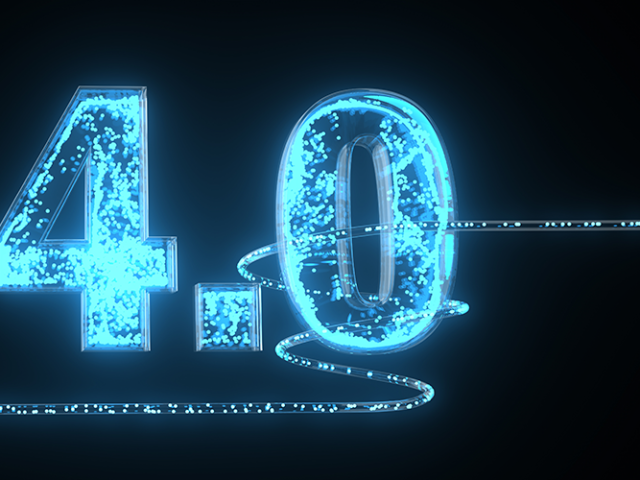Researchers have succeeded in creating an efficient quantum-mechanical light-matter interface using a microscopic cavity. Within this cavity, a single photon is emitted and absorbed up to 10 times by an artificial atom. This opens up new prospects for quantum technology, report physicists at the University of Basel and Ruhr-University Bochum in the journal Nature.
Quantum physics describes photons as light particles. Achieving an interaction between a single photon and a single atom is a huge challenge due to the tiny size of the atom. However, sending the photon past the atom several times by means of mirrors significantly increases the probability of an interaction.
In order to generate photons, the researchers use artificial atoms, known as quantum dots. These semiconductor structures consist of an accumulation of tens of thousands of atoms, but behave much like a single atom: when they are optically excited, their energy state changes and they emit a photon. “However, they have the technological advantage that they can be embedded in a semiconductor chip,” says Dr. Daniel Najer, who conducted the experiment at the Department of Physics at the University of Basel.
System of quantum dot and microcavity
Normally, these light particles fly off in all directions like a light bulb. For their experiment, however, the researchers positioned the quantum dot in a cavity with reflective walls. The curved mirrors reflect the emitted photon back and forth up to 10,000 times, causing an interaction between light and matter.
Measurements show that a single photon is emitted and absorbed up to 10 times by the quantum dot. At the quantum level, the photon is transformed into a higher energy state of the artificial atom, at which point a new photon is created. And this happens very quickly, which is very desirable in terms of quantum technological applications: one cycle lasts just 200 picoseconds.
Source: “A cavity leads to a strong interaction between light and matter”, University of Basel




